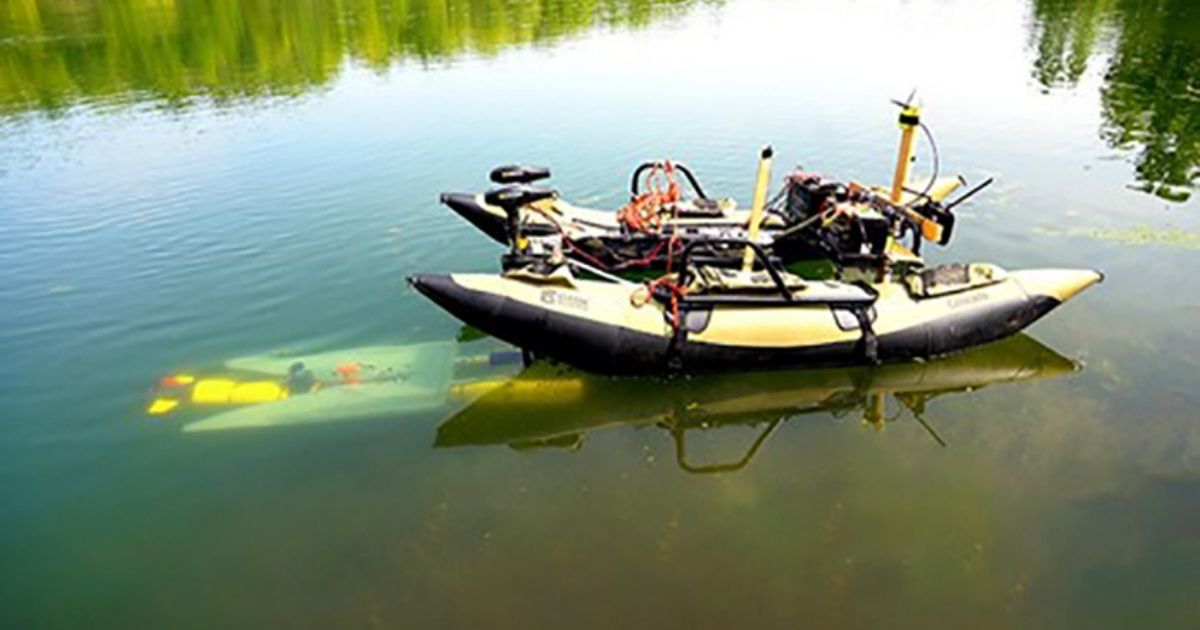What if Underwater Robots Could Dock Mid-Mission to Recharge and Transfer Data?

Robots can be amazing tools for search-and-rescue missions and environmental studies, but eventually they must return to a base to recharge their batteries and upload their data. That can be a challenge if the robot is an autonomous underwater vehicle exploring deep ocean waters.
Now, a Purdue University team has created a mobile docking system for AUVs, enabling the robots to perform longer tasks without the need for human intervention.
"The research focuses on persistent operation of robots in challenging environments," said Purdue's Nina Mahmoudian. "And there's no more challenging environment than that underwater."
Once a marine robot submerges in water, it loses the ability to transmit and receive radio signals, including GPS data. Some may use acoustic communication, but this method can be difficult and unreliable, especially for long-range transmissions. Because of that, underwater robots currently have a limited range of operation.
"Typically, these robots perform a pre-planned itinerary underwater," Mahmoudian said. "Then they come to the surface and send out a signal to be retrieved. Humans have to go out, retrieve the robot, get the data, recharge the battery and then send it back out. That's very expensive, and it limits the amount of time these robots can be performing their tasks."
Mahmoudian's solution is to create a mobile docking station that underwater robots could return to on their own.
"And what if we had multiple docks, which were also mobile and autonomous?" she said. "The robots and the docks could coordinate with each other so they could recharge and upload their data and then go back out to continue exploring, without the need for human intervention. We've developed the algorithms to maximize these trajectories, so we get the optimum use of these robots."
A U.S. National Science Foundation-funded report on the mission planning system Mahmoudian and her team developed has been published in IEEE Robotics and Automation Letters. The researchers validated the method by testing the system on a short mission in Lake Superior.
"What's key is that the docking station is portable," Mahmoudian said. "It can be deployed in a stationary location, but it can also be deployed on autonomous surface vehicles or even on other autonomous underwater vehicles. And it's designed to be platform-agnostic, so it can be used with any AUV. The hardware and software work hand in hand."

